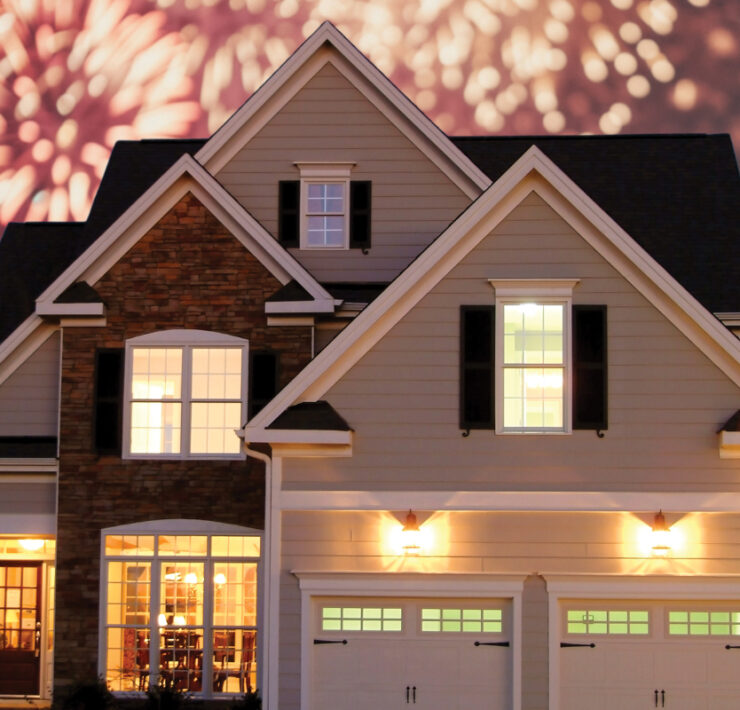How to Incorporate Color and Texture into your Landscape this Winter
- This article originally appeared in the December 2023 food and drink issue of COMO Magazine.

We’ve said it before, and we’ll say it again — there is so much more opportunity for winter interest in your landscape than you could imagine. Even though most plants have lost their leaves and blooms, color and texture are still attainable.

Evergreens:
One of the more obvious options would be to plant evergreens. They are easy to incorporate with other plants and provide a great structure to the landscape. While evergreens may seem boring to some, they don’t have to be. There are many shapes, textures, or even colors (blues, greens and yellows) to consider so there will almost always be an evergreen option to fit any space. Options include junipers, boxwoods, yews, cypress, hollies, spruces, arborvitaes and more.
Blooms:
While not a long list, shockingly enough there are a couple of January/February blooming options: Witch Hazel trees and perennial Hellebores. Bringing some colorful relief to a dreary winter, you can find a few different options to choose from in order to bring some colorful relief to a dreary winter.
Stems & Berries:
Despite losing their leaves in the fall, the following list of plants is just a sampling of plants that will retain color in either their stems or berries all winter long.
Red Twig Dogwood: Their stems come in shades of red, yellow, and orange.
Winterberry Deciduous Hollies: Most commonly available in red but you can find some orange and yellow options as well.
Pyracantha: Covered in orange berries.
Persistent crabapple varieties such as Sugar Tyme or Prairifire: These varieties will hold onto their berries all winter for color and animal benefits.
Aspen trees: Have a beautiful white bark that really stands out.
London Plane trees: Show off a mottled patterned bark.
Japanese maples: There are a few varieties that have colored bark such as Mikawa Yatsubusa in lime green, or Winter Orange with orange trunks and stems.
Texture:
There are a couple of different approaches to using texture for winter interest in your landscape.
The first option is selecting trees with a textured bark. Trees such as River Birch, Paperbark Maples, Three-Flowered Maple, and Lacebark Elm will all have a unique bark that pops and peels.
Another option would be to consider changing your pruning habits and trimming in spring rather than late fall. While the color might be lost, ornamental grasses, astilbe, panicle hydrangeas, and sedum all have texture that we think is worth keeping over the winter.
When shopping in spring, it might seem like there are limited choices for winter interest or it may not be top-of-mind, but we’re here to challenge you to consider incorporating plants you’ll enjoy in December-February, too. If you need suggestions, feel free to ask the staff at Superior Garden Center or use the Plant Finder tool on our website.

Kelly McBride grew up in Columbia just down the road from Rost Inc., and she’s happy to still call Columbia home. She has a degree in plant science and landscape design from MU and was hired as Rost’s landscape maintenance manager after graduation. Her love for plants makes this job very enjoyable when assisting clients with their outdoor tasks. Outside of work, you can find her cooking, gardening, sewing, or doing other outdoor activities.

(573) 445-4465
rostlandscaping.com








